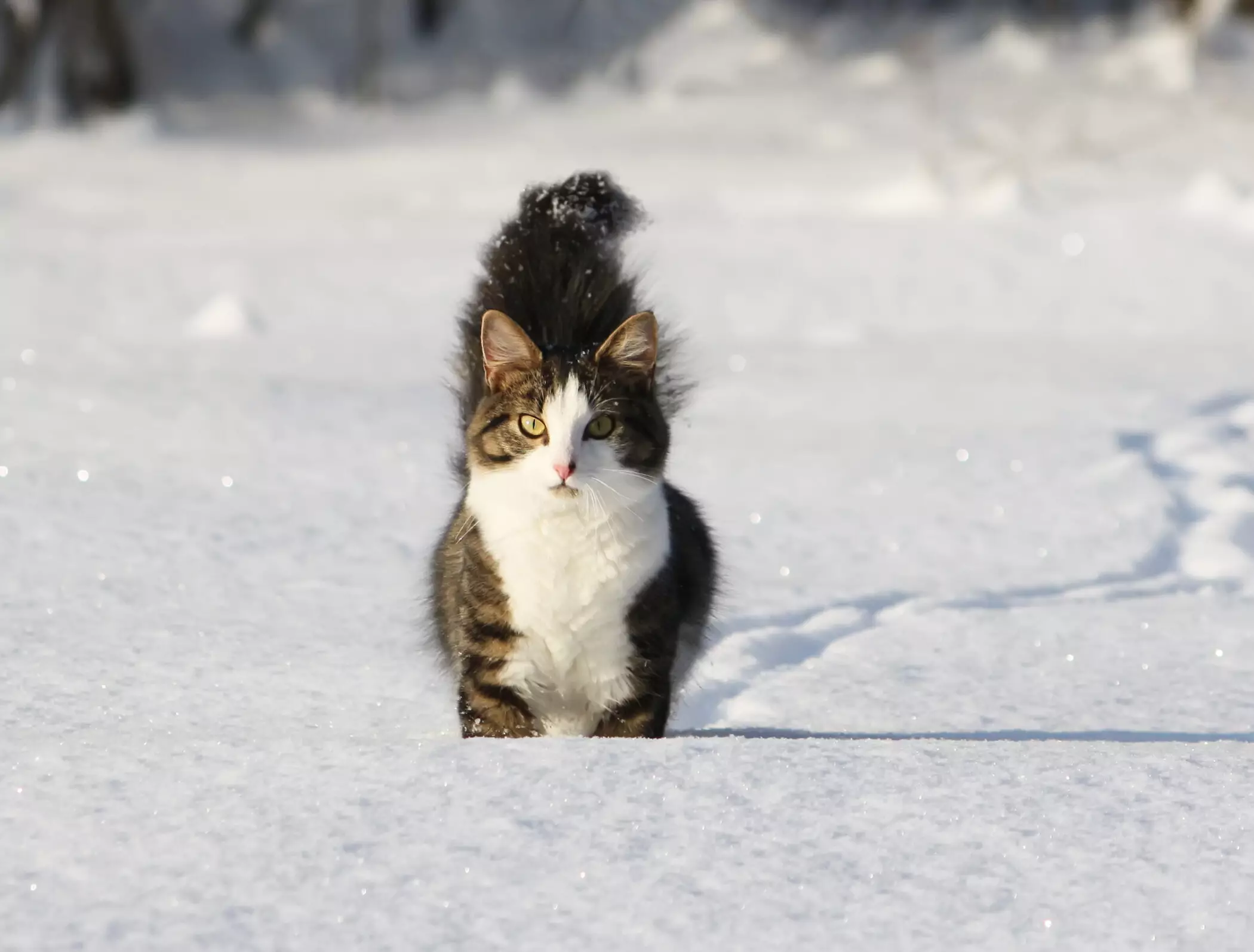As winter approaches, it’s essential for pet owners to maintain vigilance not only about cold weather safety but also about the potentially grave hazards lurking in their garages and driveways. Among these threats is antifreeze, a common fluid used in vehicles during the chilly months. Ethylene glycol, the primary component in most antifreeze products, poses a lethal risk to both pets and humans if ingested. PDSA Vet Nurse Nina Downing highlights the urgency of addressing this issue, calling antifreeze poisoning a severe concern that can lead to irreversible damage to a pet’s kidneys and nervous system—even in minuscule amounts.
The issue is perplexing; while many are aware of the risks associated with antifreeze, it continues to be overlooked in everyday discussions about pet safety. The solution, as suggested by experts, is simple yet crucial: clean up any spills immediately and monitor your pets during activities outside, especially during the winter months when the risk heightens.
Recognizing the Signs of Poisoning
Timely recognition of antifreeze poisoning is key to saving your pet’s life. PDSA veterinarians outline several symptoms that could indicate exposure, including muscle tremors, low energy, exaggerated thirst, and even seizures. Owners should not delay in seeking veterinary assistance if they suspect their pet has ingested this toxic substance. Far too often, symptoms manifest only after significant damage has occurred, which is why rapid intervention is paramount.
What makes this scenario even more unfortunate is that cats, who are often left to roam freely, are particularly at risk. They may unknowingly drink from puddles containing antifreeze, and unlike dogs, they typically do not exhibit obvious signs of trouble until it’s almost too late.
Preventative Measures to Consider
To proactively shield your pets from antifreeze poisoning, consider simple yet effective preventive strategies. Whenever you engage in vehicle maintenance, be diligent about cleaning spills and securely storing all hazardous materials, specifically antifreeze-based products. Opting for propylene glycol-based fluids, which are significantly less toxic, can be a wise choice for pet owners, as they provide an added layer of safety.
Additionally, during the colder months, keep a close eye on outdoor play areas. Preventing access to garages and areas where these substances may be stored or spilled can drastically reduce the likelihood of accidental exposure.
It’s worth mentioning that education and community awareness play crucial roles in pet safety. Share information about the dangers of antifreeze with fellow pet owners and encourage them to adopt the same safety measures. Together, communities can foster environments where both pets and their owners are safe.
A Call to Action for Pet Owners
The alarming statistics indicate that a significant percentage of antifreeze poisoning incidents occur during December and January, according to the Veterinary Poisons Information Service. This raises an important call to action for pet owners: taking the time to learn about these risks can mean the difference between life and death for a beloved pet.
Regular vet check-ups, especially in the winter months, should be a routine for all pet owners. Discussing any potential dangers in your environment with your veterinarian not only equips you with tailored advice but also establishes a proactive approach to pet health.
As we strive to ensure the wellbeing of our pets, the collective responsibility lies with every individual to be aware and prepared. The commitment to keeping our furry companions safe from antifreeze isn’t merely about personal pet ownership; it’s about creating a responsible community of animal lovers who prioritize safety, awareness, and protection for all pets during the cold season.
Investing your time in awareness today could save your pet’s life tomorrow. Don’t underestimate the silent dangers of winter; be proactive, informed, and vigilant, ensuring that your pets enjoy a safe season.


Leave a Reply